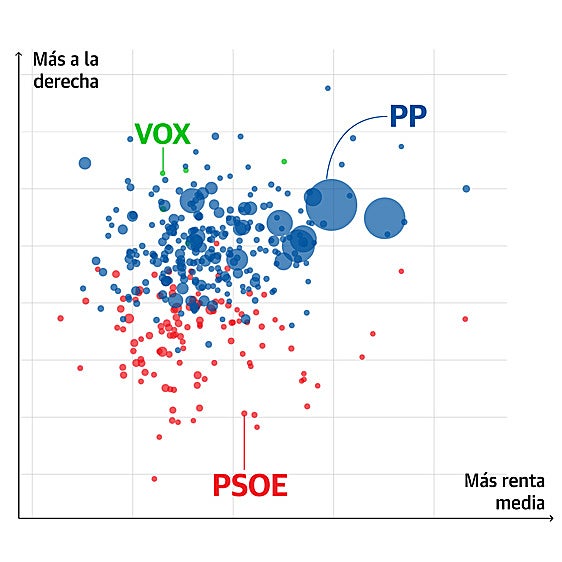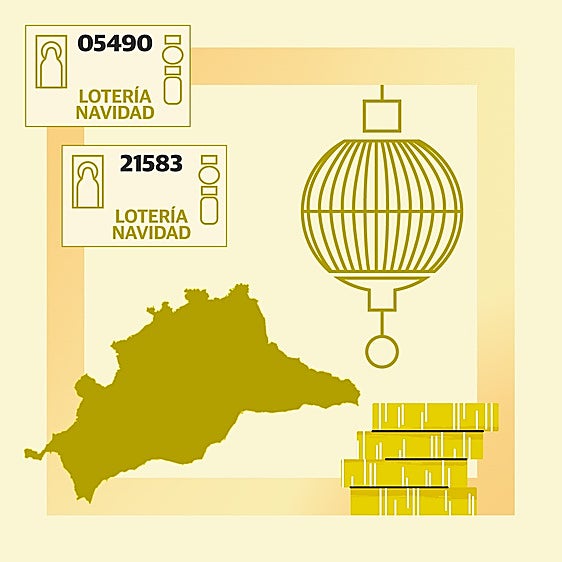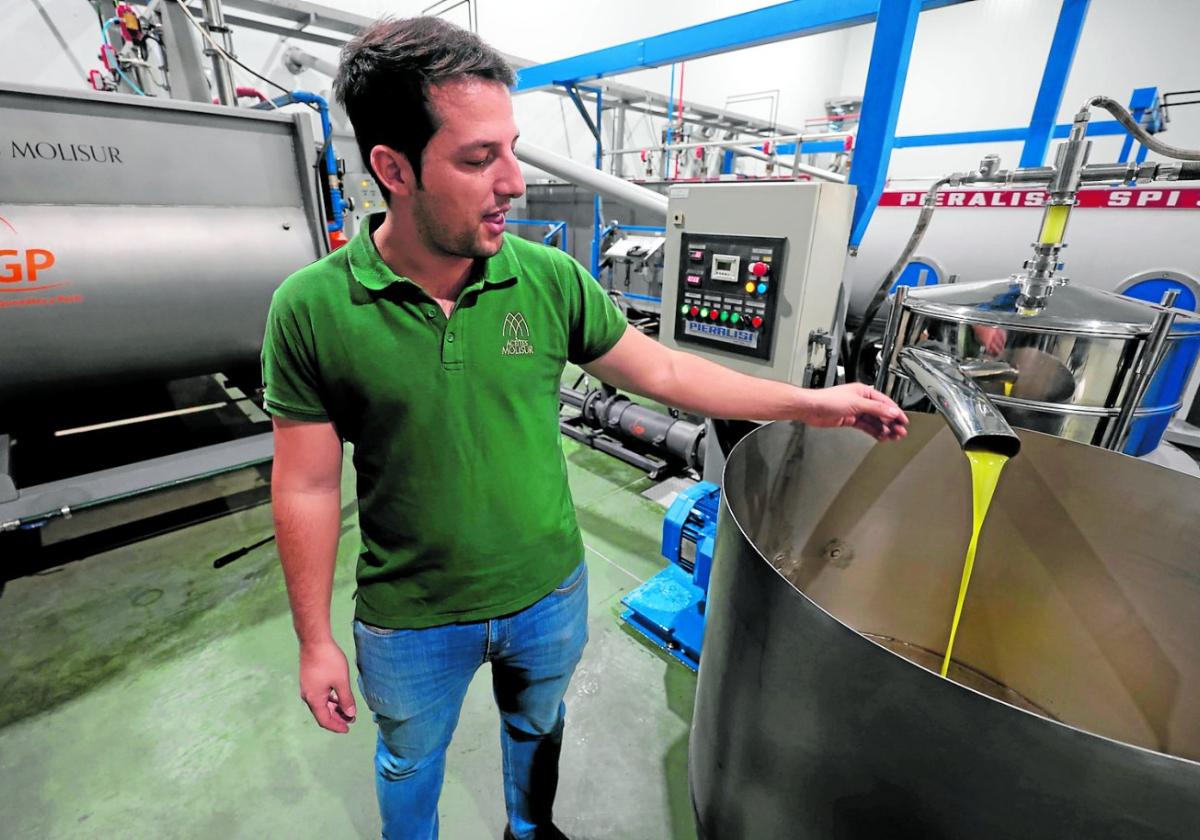Olive oil: the trail of liquid gold from land to bottle
Producers of this culinary essential in Malaga province, such as Molisur in the Guadalhorce valley, handle the entire process from pressing to bottling
Matías Stuber
Malaga
Friday, 13 December 2024, 12:04
Just a few kilometres from Malaga Airport lies the kingdom of the olive tree. These centuries-old trees stand in neat rows like toy soldiers, pointing right, left, backwards and forwards. The drive into Alhaurín el Grande from Malaga feels like crossing an ochre-coloured canvas. Since 2003, this town has been home to Molisur, a family-run olive mill. Spanning 30,000 square metres, it houses transport lines, mills and even an olive oil museum. Here, you can see the shift from traditional artisanal production to more industrial processes. From the old methods of pressing to food-safe packaging that complies with the strict health standards now imposed by the governing bodies. Like the olive trees, the large polished stainless steel storage tanks now stand to attention like the watchtowers of a castle.
It's a Thursday in autumn and already summer feels like a distant memory. The weather, although pleasant, has also changed here. The smell of damp earth still lingers in the air. It's ten in the morning and the sun is just rising on the horizon. Adrián García, one of the three siblings who run Molisur, opens the door to welcome us. María José and Juan Manuel join in the greetings. Now that the olive harvest campaign has just begun in the province, this is an ideal place to learn about the entire journey from the moment that an olive is picked until it becomes what everyone calls liquid gold.
Once out in the fields, the earth moves and olives begin to rain down. Green, violet and black. The predominant variety here is the Manzanilla Aloreña. Adrián, 31, presses the button to start the conveyors that lead to some large hoppers. Like a warm summer rain, olives begin to fall from the tree until his expert eye determines that there are enough. Everything is mechanised and, from a covered and air-conditioned cabin seat, all it takes is a button-press to stop the conveyors.
Harvesting the olives is just the first step. For the oil to appear all packaged up with that characteristic greenish tinge and strong scent, a great deal of experience is required. In Adrián's life almost everything revolves around the precious green fruit. Experts regard Molisur as one of the best, long-standing producers of olive oil in Malaga province. One unique aspect of the company is that the local olive farmers themselves come here to produce the oil that they then keep for their own use. "That is a great vote of confidence," said the young entrepreneur.
We use the term entrepreneur because behind Molisur is innovation, an idea that at the time of its inception was considered novel: to combine the production of first-class olive oil with letting tourists get closer to learn more about the production process. On Molisur's website you can book visits that include a guided tour and oil-tasting. There are several lessons to be learned on such a tour. For instance, one of them is that olives are a somewhat capricious fruit. They grow on the new shoots on the olive tree. First they form a greenish colour, then turn brown or violet. Some eventually turn black. However, this doesn't necessarily mean that they are ripe. As with apples, the colour also depends on the amount of sun they receive that season. Adrián only processes olives from Malaga province in his family's mill. Depending on the type of olive and the degree of ripeness, a different treatment is required. Each step is well thought-out and studied. Note also that the word 'mill' in oil production can be a bit misleading. In the modern facilities used in industrial production, the olives are neither ground nor pressed. Instead the fruit is kept warm, passed through a hammer-crusher and then to a two-phase centrifugation system for better separation of the liquid gold from the pomace and solids. A modern oil mill also leaves no room for great romanticism. The aforementioned stainless steel towers rule the roost nowadays, not the millstones.
The olive oil museum
To soak up some nostalgia, just a few metres away from the production line is the olive oil museum. Inside there is a traditional oil mill, carefully rebuilt after some hard work travelling across Andalucia to source various parts needed to piece the machinery back together.
Adrián presses a button and, after a bit of a roaring noise, the machinery starts up with the precision of a Swiss timepiece. Seeing the old mill in action with its three large rotating stones is also a tribute to the thousands and thousands of artisans from Malaga who toiled in the olive groves and the mills before technology made such efforts much easier.
People come from all corners of the globe to see the olive oil trade in action here. Olive oil has become a universal product. Proof of this is in the world map displayed in a corner of the museum. After a tasting, the groups place a pin on their country of origin. There are pins on all the continents. Most of them then stop by the shop and take home a product or two. All of the products are related to olive oil. Some are as innovative as the jam made with extra virgin olive oil.



